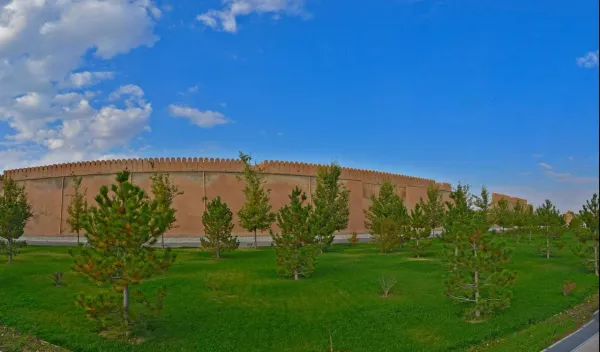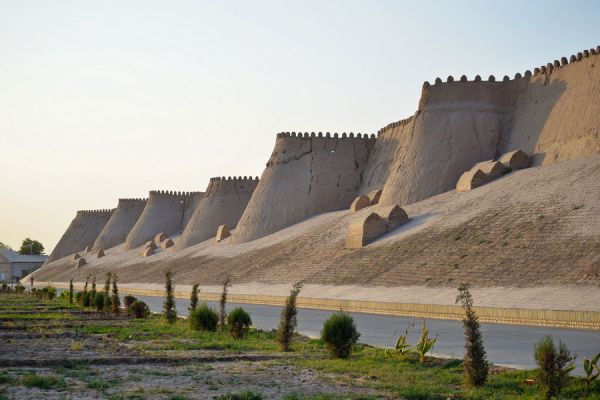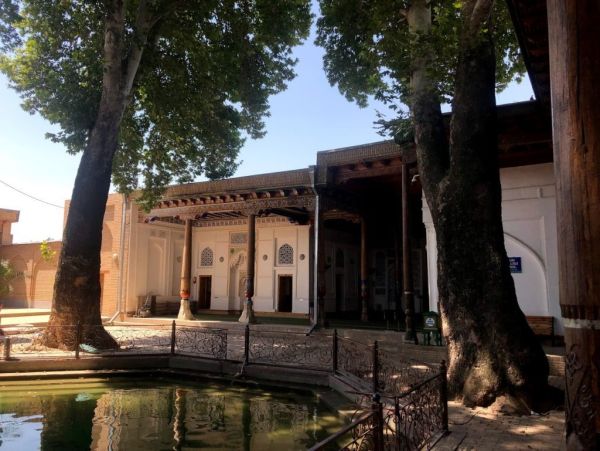Fortress walls
Shakhrisabz is the birthplace of Amir Timur (Tamerlane in 1336-1405). In the 14th century, the city of Shakhrisabz was surrounded by new fortress walls on his orders and became not only a city of trade and crafts, but also of science and culture.
The Spanish envoy, on his way to Samarkand to the court of Tamerlane, stopped in ancient Kesh. The Envoy Ruy Gonzalez de Clavijo wrote about the ancient Shakhrisabz: “…The city was surrounded by an earthen wall and a deep moat, with drawbridges at the entrances.”
During the Timurid period, the city became one of the cultural centers of the East. Great scientists and poets such as Navoi and Jami visited it. Tamerlane thought of making Shakhrisabz the capital of his empire, but chose Samarkand. The preserved parts of the defensive walls of Shakhrisabz city indicate that they were powerful fortifications similar to the walls of Ichan-kala in Khiva and the Arch in Bukhara.
They were also built of clay and mud bricks. The thickness of the city walls at the base ranged from 8 to 9 meters, and the height was 11 meters. After about 50 meters, they were bypassed by semicircular towers. A deep moat bypassed the walls. On each of the four sides there was a city gate with a drawbridge.
The walls of the city of Shakhrisabz withstood many sieges and remained until the XVIII-XIX centuries, when the Beks defended their independence in wars with the emirs of Bukhara.

















